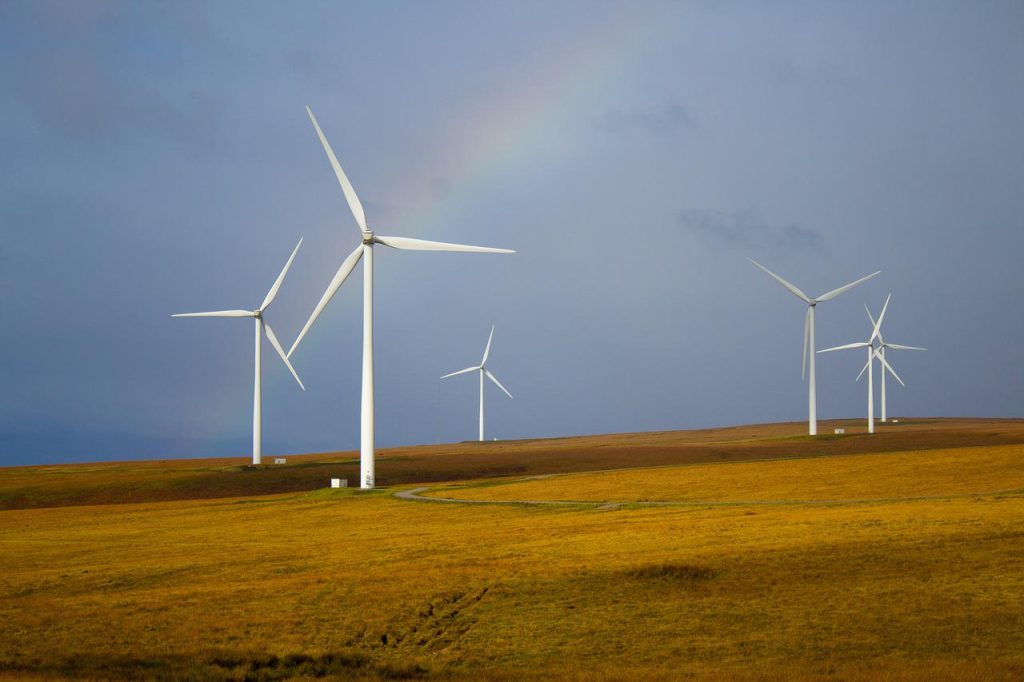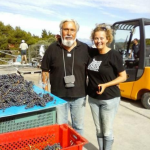Dickson was one of the panelists at a two-day conference “Days of Good Wind”, organised in Dubrovnik by the Renewable Energy Sources Croatia (OIEH) association.
Dickson said that Croatia was at the bottom of the ladder in the EU in terms of efficiency in issuing permits for wind parks.
Under Croatian laws, investors must use the technology stated in the original application for a permit while most European countries allow flexibility so technology modernisation is possible instead of getting stuck with the technology that was possibly the best five years ago, Dickson said in an interview with Hina.
WindEurope brings together 400 companies from 38 countries and is a partner to the European Commission.
Dickson believes that also problematic is the fact that each local government unit in Croatia has its own, separate physical plan, which causes additional problems.
Wind parks in Croatia today produce 1,000 megawatts of electricity, which is around 11% of the total power consumption.
It is estimated that in the next five years, Croatia will build an additional 1,400 megawatts of wind parks.
Having 2.4 instead of one gigawatt accounts for one-quarter of total energy, which is a big increase and illustrates Croatia’s wind potential, Dickson said.
Grzegorz Zielinski of the European Bank for Reconstruction and Development, too, believes Croatia should focus more on facilitating wind park development projects.
The private sector should focus on finding good locations, developing projects, obtaining permits and securing financing, he said.
The state secretary at the Economy and Sustainable Development, Ivo Milatić, said that Croatia had opted for “a systematic approach to developing renewable energy sources.”
OIEH director Maja Pokrovac said at the opening of the Dubrovnik conference that Croatia wants what the rest of Europe wants – more renewable energy.
“But it is also clear that without cooperation we cannot achieve the green transition to the desired amount of megawatts of installed power which hopefully will amount to 5,000 megawatts by 2030,” she said.
The Days of Good Wind conference has brought together representatives of European institutions and governments, the academic community, the private sector from Croatia and abroad, as well as investors and environmental protection experts who are discussing possibilities of a more effective development of wind energy projects.










